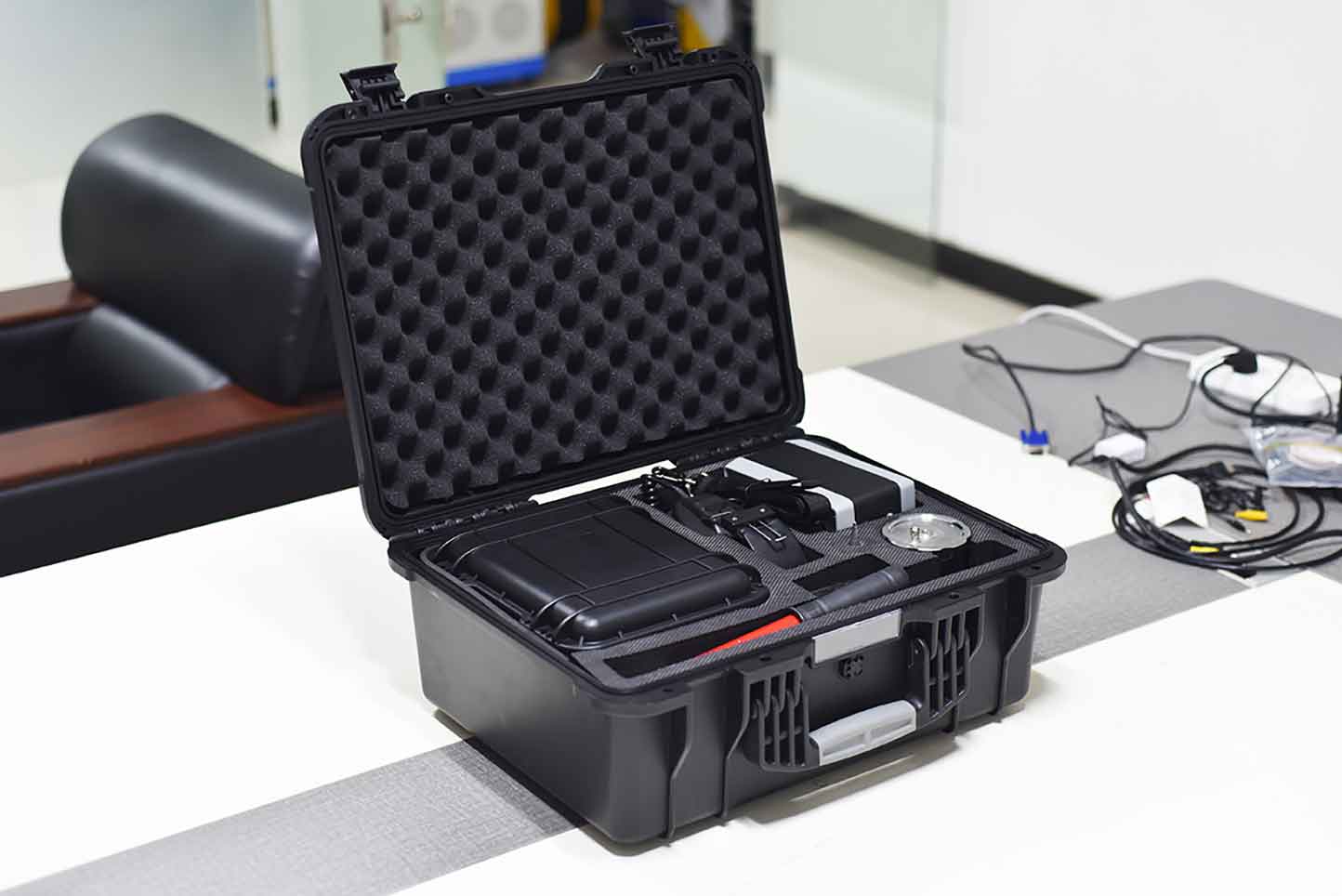Cable fault testing is an important power detection technology that can detect the location and type of cable faults through testing. In cable fault testing, DC test and AC test are two commonly used test methods. So, how should we choose between DC test or AC test when conducting cable fault testing?
1、 DC test
DC test is to pass DC current through the cable and determine the fault location and type of the cable by measuring its voltage and current. The advantage of DC testing is that it can measure the insulation and conductivity performance of cables, and can detect short circuit and open circuit faults of cables. Meanwhile, the testing equipment for DC testing is simple, easy to operate, and has a lower cost. However, there are also some drawbacks to DC testing. Firstly, the test voltage for DC testing is relatively high, which can easily cause damage to cables, especially for old cables and cables with poor insulation. Secondly, the fault location accuracy of DC testing is relatively low, as DC testing can only detect the type of cable fault and cannot determine the fault location.
2、 AC test
AC test is the process of passing AC current through a cable and determining the location and type of cable faults by measuring the voltage and current of the cable. The advantage of AC testing is that it can measure the insulation and conductivity performance of cables, and can detect short circuit and open circuit faults of cables. At the same time, the test voltage of the AC test is relatively low, and the damage to the cable is relatively small, especially for old cables and cables with poor insulation layer. However, there are also some drawbacks to communication experiments. Firstly, the experimental equipment for communication experiments is complex, difficult to operate, and costly. Secondly, the fault location accuracy of communication experiments is relatively high, but complex fault location instruments and technologies are required.
Both DC test and AC test have their advantages and disadvantages, and they need to be selected based on the specific cable fault testing situation. When selecting testing methods, comprehensive consideration should be given to factors such as cable fault type, insulation performance, conductivity, testing equipment, and cost. At the same time, when conducting cable fault testing, safety operating procedures should be followed, safety protective equipment should be worn to ensure the safety of testing personnel and equipment.

The ZC-700A cable fault tester consists of three parts: flash testing, tracing, and positioning. It can be used to detect low resistance, high resistance, short circuit, open circuit, leakage faults, and flashover faults of various cables. It can accurately detect the fault location, cable length, and cable burial path of underground cables. It has the characteristics of accurate testing, high intelligence, wide adaptability, stable performance, and lightweight portability. The instrument adopts a Chinese character system with high-definition display and a user-friendly interface.
Cable tracing and fault location are composed of a path finder, a location finder, a T-shaped probe, an A-frame, a receiver, etc. This instrument is a specialized instrument for cable fault location testing, suitable for testing various cables with metal conductors (wire pairs, protective layers, shielding layers). Its main functions include location testing of poor ground insulation points, detection of cable paths, and testing of cable burial depth.
Kvtester Electronics Technology Co.,Ltd. is a high-tech enterprise specializing in power testing, testing, research and development, production, and sales of testing equipment. It has been engaged in the electrical testing industry for many years, and its products are of high quality. We welcome customers to come and purchase.





